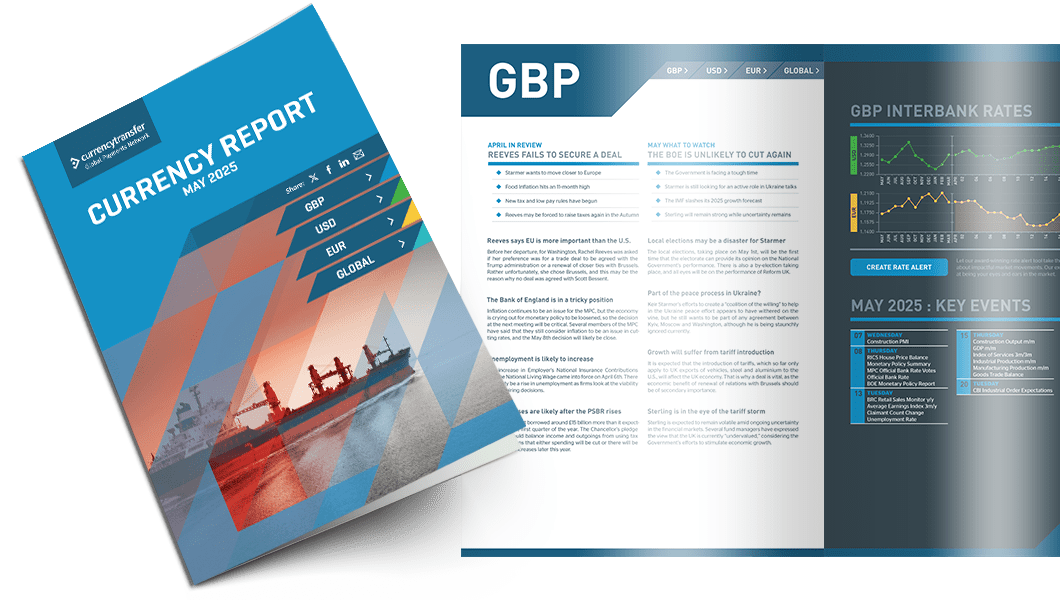
Highlights
- Hunt expected to be “cautious” over tax cuts
- GDP is still robust but missed Q4 predictions
- Employment reaches another historic low
It’s time to promote growth and relax more about inflation
With Rishi Sunak trying to promote a “feelgood factor” by commenting whenever he gets that chance that the “plan” is working, the electorate is being bombarded with reasons to vote for the Conservative Party.
The time it has taken for the country to become disillusioned with a government has been constant over the past fifty years, with first Thatcher, then Blair, and now the “hotchpotch” of Prime Ministers since 2010 “outstaying their welcome.
It is fair to say that the present Government has had to face two “once in a lifetime” events Brexit and the Pandemic, and it is hard to say that any Government would have been able to cope any better.
The latest economic data shows that the country is in recession. However, both the City and the Bank of England believe that the country’s economic performance since the turn of the year has shown a marked improvement, and the recession may have ended as quickly as it began.
The Treasury thinks that interest rates can now be safely cut and have been, no doubt encouraged by comments from Andrew Bailey last week, that it may not be necessary to wait until inflation has reached the 2% target before the first rate cut takes place.
It may be too soon for a cut to be announced at the meeting which takes place on March 21st, but there is a growing feeling that the Bank could spring a surprise.
A lot will depend on the latest inflation and employment data, which are both due to be published next week. A gap between inflation and average wages is closing, which is also encouraging the MPC.
A new member of the rate-setting committee was announced last week, with Clare Lombardi joining on July 1st to replace Ben Broadbent who is stepping down.
Lombardi will be expected to lead the actions in response to Former Fed Chairman, Ben Bernanke’s review of the Bank’s forecasting process that has been heavily criticized since the rise in inflation.
Last week, Sterling lost a little ground as the dollar began to reassert itself. It fell to a low of 1.2599 and closed at 1.2656.
This week, the financial markets will be dominated by the Budget and any further hints when the first rate cut will occur.

Read our latest currency report
Most impactful events planned this month and how they could impact your business
A slew of data is due for publication this week
The first two months of 2024 have been dominated by speculation about when the Fed will begin to cut rates, although Jerome Powell and his colleagues have provided plenty of advance guidance about when that will take place.
Comments that have been made by FOMC members over the past two weeks have created a firm impression that there will be no cut until the April meeting, at the earliest.
Market commentators are clinging to the belief that there may be some significant hints in Powell’s comments following the meeting due to take place on March 20th that will confirm that a cut is “imminent”.
This week’s first data release will be services output, which is predicted to have eased moderately from 53.4 to 53. This will provide a little encouragement to the market’s doves.
Following that, the ADP report on private sector job creation is as hard to predict as the headline NFP number.
That will be followed by two more pieces of the employment jigsaw, in job openings and job cuts, all of which form part of the U.S. Bureau of Labor Statistics estimate of job creation during the previous month.
Being an estimate that is subject to significant revisions is what makes the data so hard to predict.
The FOMC will be influenced by the numbers but more by the trend than by any individual piece of data. There is no doubt that the trend in employment is a major contributor towards robust growth and is going to cause Powell to “double-down” on his view that rate cuts can wait a little longer.
The dollar will experience an increase in volatility this week as traders have something to “get their teeth into.”
That week, the Greenback started strongly, climbing to a high of 104.29 but fell back as traders lost confidence and were willing to be reactive to this week’s data. It closed on its medium support level of 103.89.
The market is continuing to seek signs of a pivot
The “final cut” of Q4 GDP data is due for release on Friday, but it is preceded by the latest meeting of the ECB’s rate-setting Governing Council.
The market has no confidence that rates will be cut at this meeting since several members of the Council have expressed a desire to have access to the Q1 employment and wages data before “pressing the button.
Having contracted in the third quarter, the Eurozone economy may have slipped into recession in Q4. Since any fall will be within the margin for error, it is doubtful that GDP will have any effect on the decision-making process.
There was conflicting data published last week regarding the overall health of the Eurozone economy. Inflation continues to decline, although still not at a pace that will encourage rates to be cut. Unemployment has again fallen to historic lows, although even the ECB considers this data as “flawed.”
A further indicator that the economy would benefit was published late that week as it was noted that factory activity “nosedived.” Manufacturing activity contracted further to 46.6. Although this is higher than the preliminary reading of 46.1, it shows that the economy requires some major structural innovation as well as a rate cut.
There was a fall in pending orders, which illustrates that output is such that factory activity is easily able to cope with the level of activity presently. That may have longer-term consequences for employment, meaning that new jobs may not be as plentiful going forward.
As unemployment rises, wage increases should begin to fall, which will provide further encouragement to the doves at the ECB.
The Euro experienced a strong end to the week, climbing to a high of 1.0865. Traders were reluctant to hold onto long positions, given the volatility that this week’s data may bring. It eventually closed at 1.0837.
Have a great day!

Exchange rate movements:
01 Mar - 04 Mar 2024
Click on a currency pair to set up a rate alert
Alan Hill
Alan has been involved in the FX market for more than 25 years and brings a wealth of experience to his content. His knowledge has been gained while trading through some of the most volatile periods of recent history. His commentary relies on an understanding of past events and how they will affect future market performance.